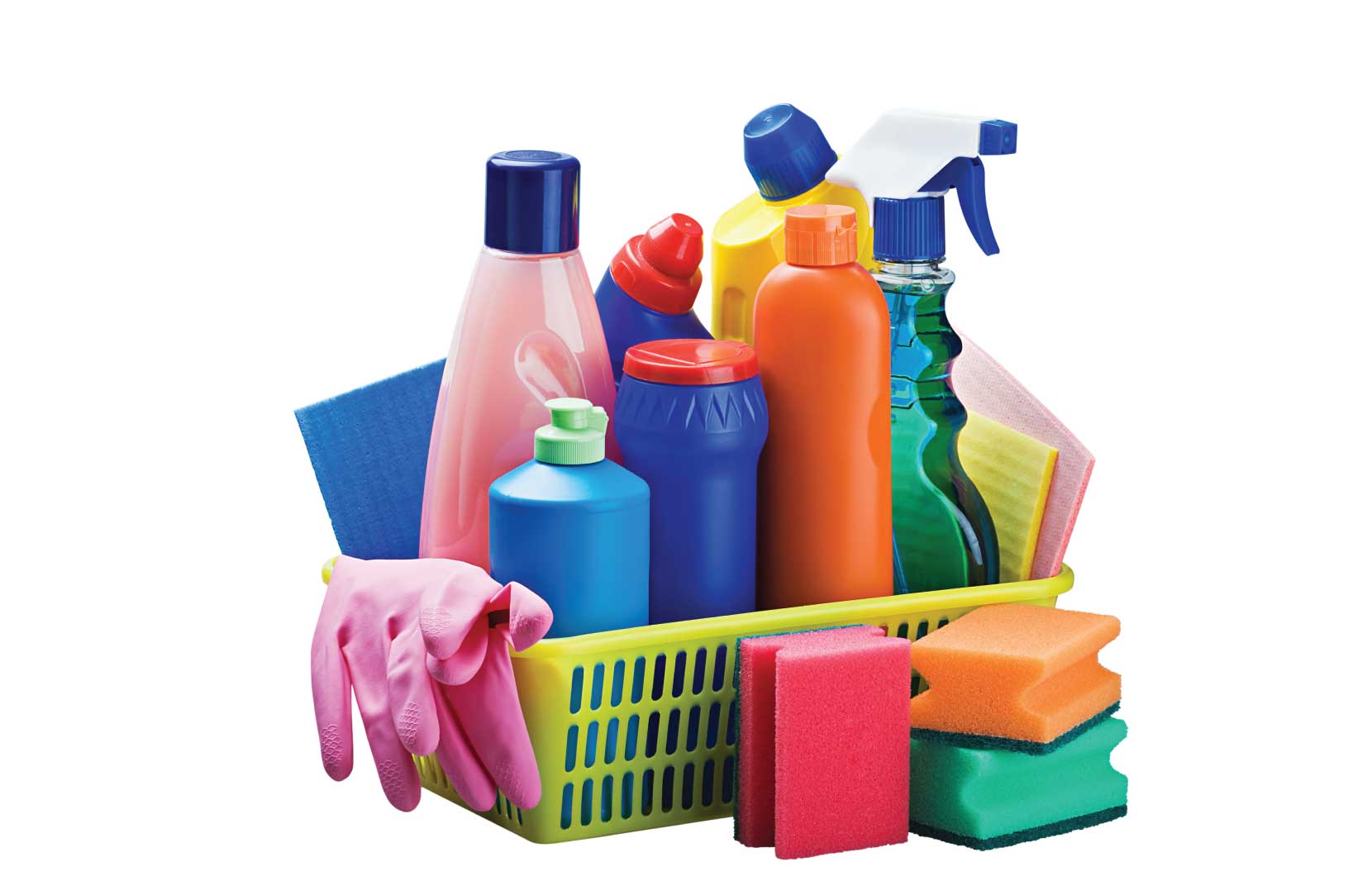
September 25, 2018
Home Care
How Household Cleaning Products are Harming Us in More Ways Than One
It sounds counter-intuitive to say household cleaning products are potentially harmful, but this is a fact that’s lesser known and even lesser spoken of.
But the very same ingredients and chemicals that enable household cleaning products to keep our homes spotless, gleaming, germ-free, and fragrant are also potentially harmful.
Whether it’s the sweet-smelling air purifier, the bathroom disinfectant, the fabric softener, the grout cleaner, kitchen cleaner, washing powder, or any of the other umpteen products that we so easily reach for, they’re all loaded with chemicals that not only can cause harm to human bodies that come in frequent contact with them – causing a range of issues from respiratory conditions to skin allergies – but also potentially pollute the air, waterways as well as soil.
First and foremost, just like with the growing awareness of reading labels of processed food packets, it’s a good idea to glance at the labels of household cleaning products to get a sense of what chemicals are in them before you bring them into your home.
Basic and commonly found ingredients include bleach, ammonia, lye, and hydrochloric acid; we’re increasingly learning that we’d do well to reduce all the potential causes of the toxic burden on our bodies.
Toxic burden is the cumulative effect of the amount of toxins accumulated within our bodies as a result of the food, water, air, and chemical-based products that we come in contact with.
It is important not just to reduce the presence of anything that contributes to a toxic burden but also to deliberately inculcate habits that can flush out toxins already present in our systems.
Second, how many of us wonder about where the liquids and chemicals from cleaning products go when they are washed down our drains?
The conversation around water pollution increasingly draws awareness to the actions that begin within homes and establishments – such as washing, de-corroding, bleaching – that most release these very same chemicals back into waterways that eventually drain into larger sewers, rivers and eventually the sea, while also leeching into the soil along the way.
Cleaning products, therefore, taint the ecosystem at multiple touch-points in seemingly small ways that have a much larger impact.
Most detergents contain a class of chemicals called alkylphenol ethoxylates or APEs, such as nonylphenol ethoxylates and octylphenol ethoxylates.
These are the key building blocks of what is commonly known as “surface active agents” that give detergents their ability to do the work intended.
When these chemicals drain into municipal sewerage systems and waterways, they’re known to break down into nonylphenol and octylphenol – toxic and not easily biodegradable by-products – which have disastrous impacts on soil and water.
- Also Read: The science behind odour-free washrooms.
Another hidden culprit is the widely present phosphates. These are added to enhance the water-softening properties of the cleaners commonly found in washing detergents.
But, when phosphates pass through drains and enter common waterways, they create a fertilizing impact and enhance the growth of algae.
An overabundance hampers the ecological balance by eating into the oxygen supply in the water, which eventually has an adverse effect on the life of fish and other life.
- Also Read: What’s in your household cleaner?
Apart from that, there is also the concern of how many home cleaning products, owing to their composition being mostly chemical in nature, come packaged in single-use plastic containers, which form a huge percentage of the garbage menace that plagues the world.
Non-recyclable plastic of this nature is not only clogging sewers but also releasing harmful effluents into larger waterbodies.
While the simplest way to reduce the presence of these chemicals in your immediate environment, as well as the larger ecosystem, would be to just reduce or cut down their use and revert to natural, homemade fixes like combinations of vinegar, baking soda, lemon juice, and other handy ingredients, this is not a practical solution in the long run.
They are often time-intensive, require frequent use, and are not feasible for use in larger areas like workspaces and factories or hotels, for example.
However, for a start, you could begin by checking labels before you purchase any cleaning items.
Although most manufacturers don’t list specific chemicals, it is possible to get a sense of what cleaners are more harmful than others.
Second, seek out products that are natural or organic in nature. Try and use those that come in reusable or recyclable packaging.
As we have seen, there exist organic solutions that we can use to clean our homes and workspaces without putting our bodies or the environment around us at risk.
Our line of cleaning products for offices, institutions, hotels, and restaurants is proof that this is indeed possible.





